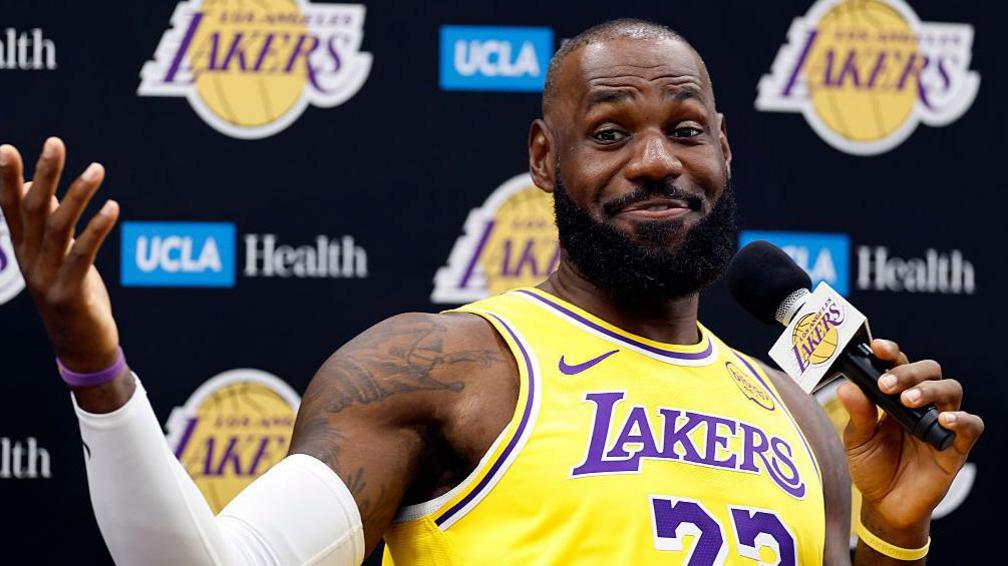
Inibehe Effiong, a human rights lawyer, has demanded that the police look into Uche Nnaji, the minister of science, technology, and innovation, over alleged certificate fraud.
READ MORE: Bauchi Dismisses Two Senior Civil Servants Over alleged forgery
Effiong claimed that the minister’s academic records, contradictory statements from the University of Nigeria, Nsukka (UNN), and the minister himself needed immediate attention in an interview with Channels Television’s Politics Today on Monday.
He expressed shock that Nnaji’s screening before appointment revealed such alleged irregularities without being noticed.
How did all of these things escape the control of the Nigerian State Security Service? Effiong posed a question on the program.
The State Security Service is keeping a conspiratorial silence as I speak to you. He continued, “It is a conspiracy.”
The lawyer urged Bola Tinubu to suspend Nnaji while the investigation is pending and described the allegations as “grave.”
“This minister must be immediately suspended until the investigation is finished,” he said.
He resisted that the police would reveal him to them for forgery investigation because they would tell Nigerians that we were a government of certificate forgers and criminality.
NRC Boss Blames Abuja-Kaduna Train Accident On “Human Error,” Read More
The government must show resoluteness to investigate the allegations, Effiong added, even if they are still unproven.
“We can’t have a minister of innovation whose innovation is currently being connected to alleged certificate forgery,” the statement continues.
President Tinubu has an opportunity to demonstrate that he is not operating a cartel but rather a law-fulfilling government, the lawyer said.
Minister’s Aide Dismisses Allegations
Nnaji was accused of allegedly presenting fake NYSC and academic credentials.
One of his advisers dismissed the forgery claims as being politically motivated and unfounded in response to the controversy.
According to the Minister, Chief Uche Geoffrey Nnaji, he received his UNN diploma in 1985. In December 2023, the university formally confirmed this in writing.





